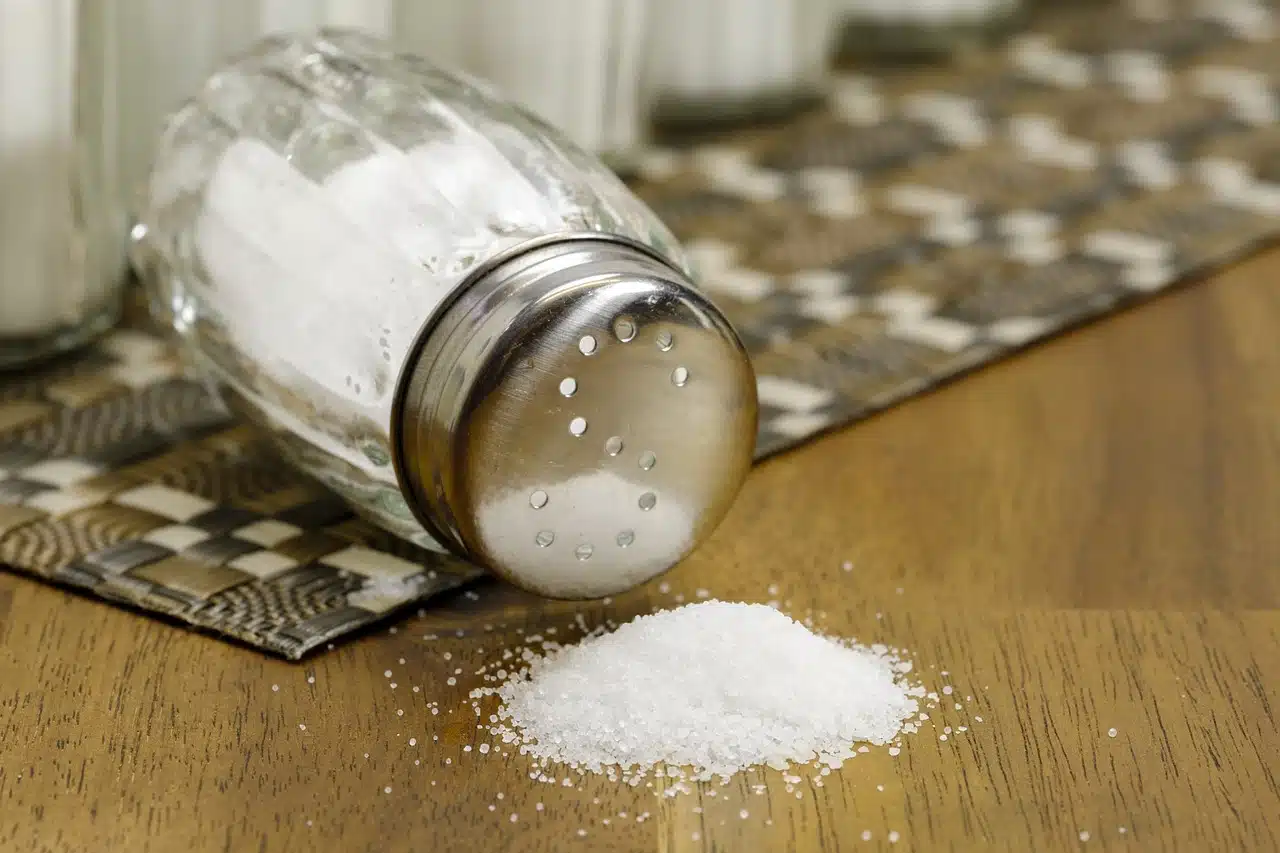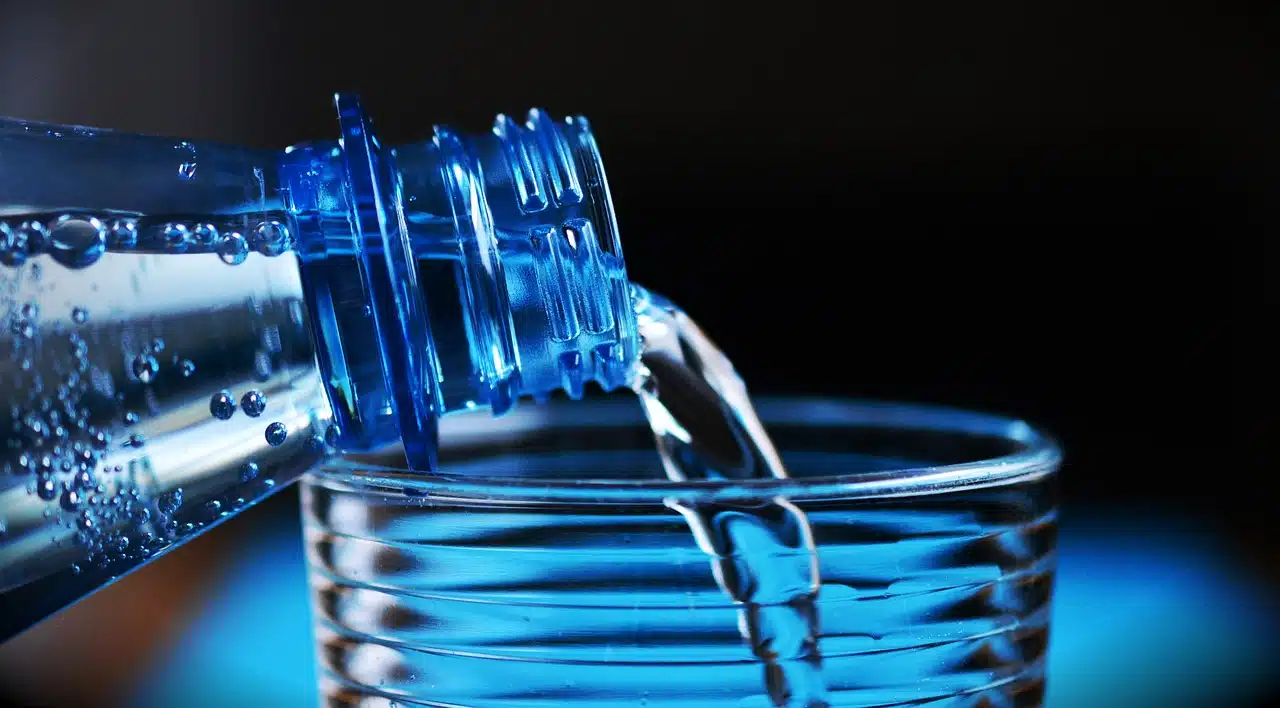
A pure substance, depending on its characteristics, can be classified as an element or as a chemical compound.
A pure substance has uniform properties and is characterized by being made up of a single type of particle, either a molecule or an atom . No matter how much any physical condition of said homogeneous system is altered ( temperature , pressure , etc.), its chemical composition remains stable and well defined. Thus, then, its chemical structure does not change even if the substance, which cannot be decomposed into a simpler unit through some mechanical or physical fractionation method, undergoes a phase change .
To describe a specific case that is easy to recognize to understand a little more what this notion is about. We find water in a solid, liquid or gaseous version and, in any of these states, it always has identical components. By adding any other substance (from sugar to salt), its physical properties are modified, thus losing its initial condition as a pure substance .
How is a pure substance classified?
Knowing how a pure substance is classified facilitates the recognition process in the practical field.
In principle, a distinction is made between simple pure substances (in which there is a unique type of atom that shares an atomic number and, therefore, the molecules are made up of a specific chemical element ) and pure compound substances (in which which there are at least one pair of different atoms , connected through a chemical bond , whose atomic numbers vary).
In this context, two concepts come into play: that of the chemical element ( simple pure substance present, for example, in the periodic table, where more than one hundred elements are distributed in groups and periods, being able to recognize the level of electronegativity in left-right orientation. within a certain chemical period) and that of chemical compound ( pure compound substance that can be organic or inorganic). It should be noted that the elements, in turn, depending on their distinctive features, fall into the categories of metals (subdivided into alkaline , alkaline earth , transition ), non-metals (which may also be noble gases , halogens or not) . metals that do not fit the previous groups) and metalloids .
To avoid confusion, it is very important to be clear about what and how a pure substance is and what the notion of mixture is about. This last term is intended to identify heterogeneous systems where there are multiple pure substances independently preserving properties that can be differentiated from each other with the naked eye and, in addition, manage to be separated thanks to the implementation of a physical method.

Water, whose chemical formula is H2O, is defined as an inorganic chemical compound.
Stoichiometry
Stoichiometry is, according to its theoretical definition, a concept specific to the field of chemistry that refers to the analysis of the proportion in which compounds or elements are combined within the framework of a chemical reaction . It is a resource that serves to focus on the relationships that exist between each substance that intervenes in a certain reaction.
The information and deductions that arise from stoichiometric calculations are extremely useful, beyond the possible difficulties that arise when understanding from theory what this discipline consists of and how it is translated into practice. In short, it is important to know that these operations are carried out with the mole as a chemical unit.
Properties of pure substances
Pure substances have properties of a constant nature, which do not obey purification processes or preparation styles. As mentioned at the beginning of this article, there is no mechanical or physical means to segment this type of substance.
If we emphasize physical properties , then issues such as density , specific heat and latent heat , melting point and boiling point , and the state of aggregation of matter will be taken into consideration.
Of course, the chemical properties will come into play at the same time, with the magnifying glass placed on stability , reactivity , the behavior of both an acid and a base and the trends regarding both the oxidation phenomenon and the reduction process. .

The periodic table is used to organize chemical elements taking into account their chemical properties, their electronic configuration and their atomic number.
Obtaining and purification of a pure substance
Chemistry experts use different methods to obtain and purify a pure substance . Before mentioning alternatives, it is worth mentioning that it is common for there to be impurities in a substance , for this reason certain procedures are essential that allow access to the best possible content or material.
Among the valid options for such purposes are chemical synthesis , extraction and separation techniques, distillation , crystallization (appropriate when working on a mixture in order to separate a solid from it in a liquid medium), precipitation and chromatography (which can be considered a purification technique since in its preparative version it separates components of a mixture for future use), to list the most common ones as a reference.
